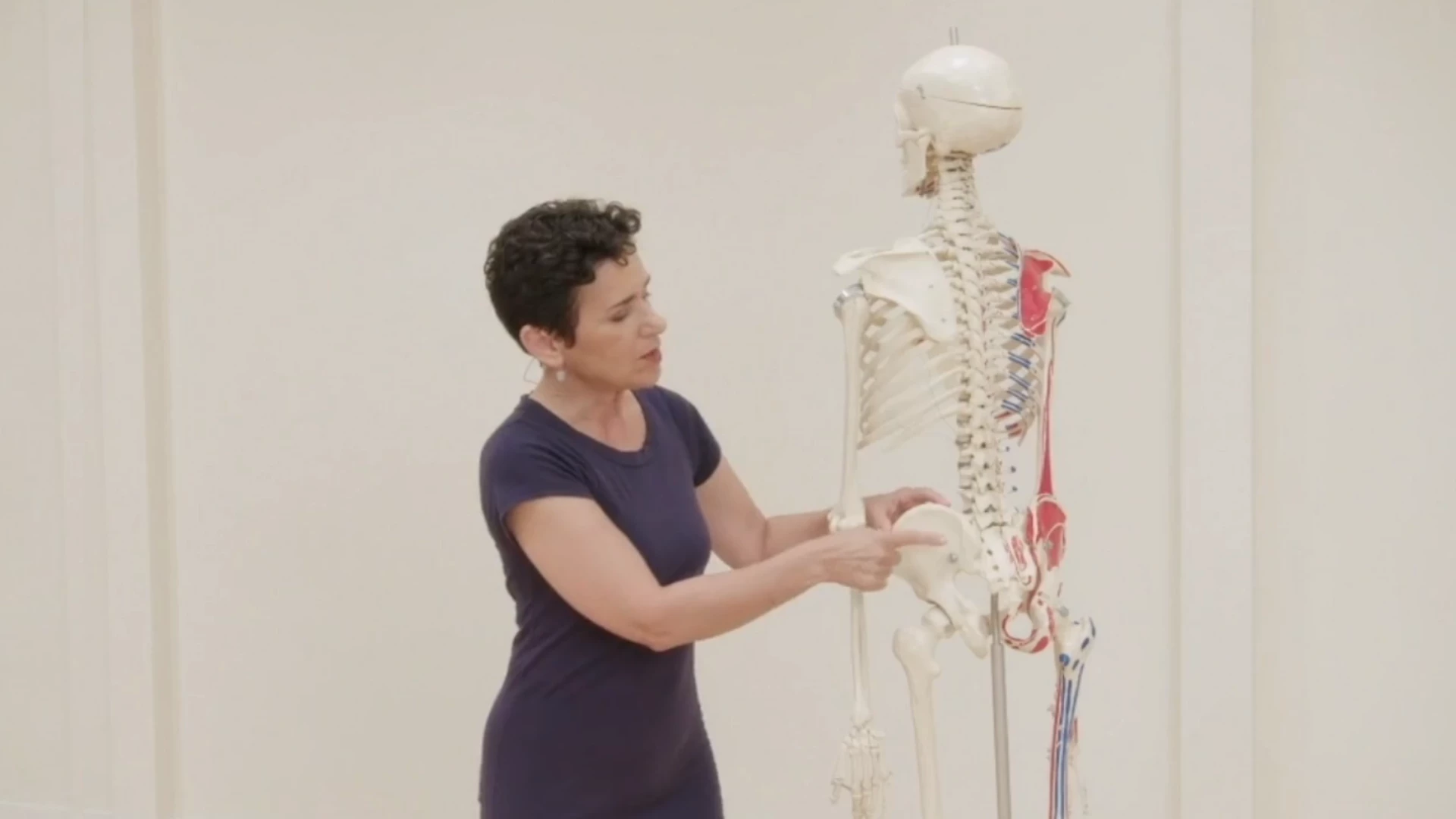Low Back Pain or Sacroiliac Joint Pain? How to Tell the Difference and Why It Matters

Article At A Glance
How do you distinguish between low back pain and sacroiliac (SI) joint pain – and why is this distinction so important to finding pain relief? Learn the top tips to tease out the difference between the two origins of pain in this informative article. Here, renowned Yoga teacher Donna Farhi explains the unique anatomy of the SI joint, why misalignment can lead to discomfort and inflammation, and how to solve these issues for good.
How do you tell the difference between low back pain and SI joint pain? Low back pain can have many origins, and knowing what’s causing the issue can be an important first step in relieving it.
Indeed, sometimes low back pain may have nothing to do with the lumbar spine but rather be caused by a loss of stability and integrity in the sacroiliac joint.
How can you tell the difference? In the video below, renowned Yoga teacher Donna Farhi discusses the indications of SI joint pain vs. low back pain and what causes SI joint pain in the first place.
Knowing the difference between low back pain and sacroiliac joint pain is important, particularly for Yoga practitioners. SI joint pain is extremely common among Vinyasa Yoga practitioners, who move quickly from one asymmetrical Yoga pose to the next. If the poses are not performed with correct alignment, this can predispose you to SI joint pain, notes Donna.
Yoga Anatomy Video: Low Back Pain or Sacroiliac Joint Pain?
Understanding the Anatomy of Sacroiliac Pain
Many people say that they have lower back pain, but when you ask them to show you where they feel pain, they put their hands on the top of the pelvis at the back, right where the two sides of the pelvis meet with the sacrum. Sometimes, the pain is on both sides, and sometimes just on one side. In this case, it’s likely the pain may be coming more from the sacrum than the lower back.
At the base of your spine, connecting your spine to your pelvis, is a triangular bone called the sacrum. On either side of this triangular bone are the iliums of your pelvis. Each point where the sacrum meets the ilium is called a “sacroiliac joint,”–and this is where many people experience pain.
And this is where things get interesting. You see, the joint surfaces where the sacrum and ilium meet are not perfectly smooth; they have many depressions and ridges–much like puzzle pieces.
Consequently, the connection between the sacrum and ilium is very similar to the connection between two puzzle pieces. In a healthy sacroiliac joint, these two pieces fit together smoothly and evenly. However, sometimes, the grooves and ridges in these pieces can become misaligned. And, as anyone who has worked on a puzzle knows, if you try to force together two pieces at the wrong angle, you create friction. And in the sacroiliac joints, this leads to inflammation, discomfort, and pain.
Also, read...
Are Women More Vulnerable to SI Joint Pain? How Yoga Can Help
The Benefits of Twists: 5 Great Twisting Yoga Postures for a More Resilient Low Back
4 Keys to Relieving Back Pain with Therapeutic Yoga
Related courses
Breath as Medicine: Yogic Breathing for Vital Aging
Yoga and Myofascial Release: Releasing Chronic Tension with the Bodymind Ballwork Method




